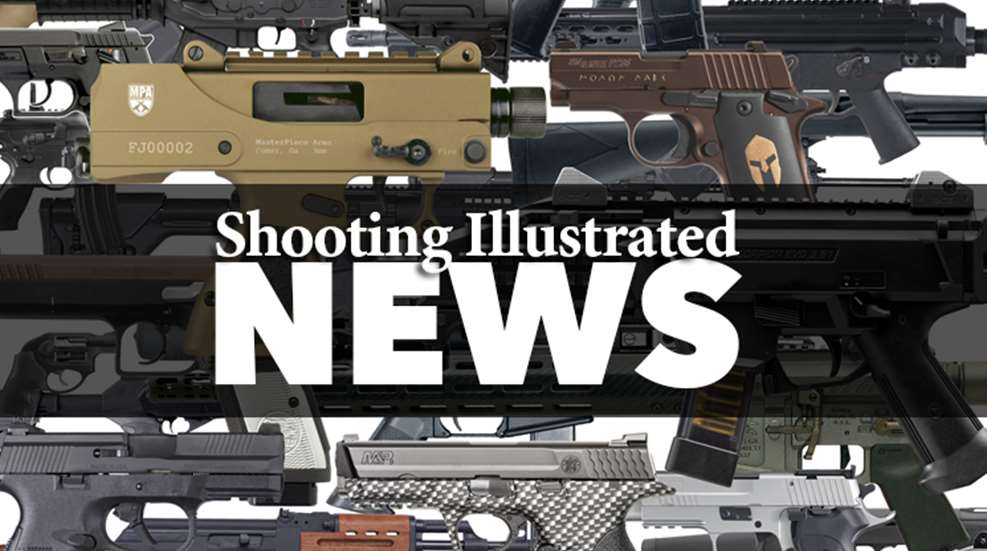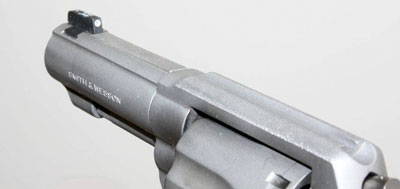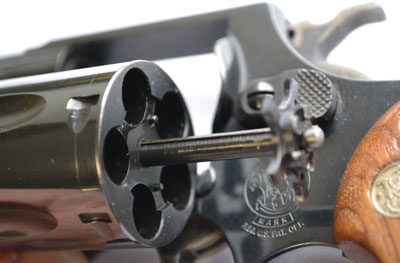
In a previous post, I began discussing a handful of modifications J-frame owners can make to those tremendously popular self-defense pistols to address quintessential snubby shortcomings.

Not that I have anything against stock, short-barreled J-frames—I own several. But, when it comes to selecting a revolver, for self-defense, I firmly believe while the Smith & Wesson J-frame may appear to be an obvious choice at first, my experience with them has proved different. To briefly recap, it takes a tremendous amount of dedication, practice and skill to handle a small-frame snub-nose revolver accurately. Their short barrels generate substantial muzzle blast and recoil—especially in magnum calibers—while their smaller grips can make a speedy draw difficult and shooting full-house +P or magnum ammunition a painful experience. Accuracy can also prove difficult to master, thanks to such things as the snub nose's truncated barrel, limited rifling and a shortened sight radius makes it difficult to discern slight variations in sight picture.
Finally, I believe the snub-nose revolver carries with it another, often unaddressed negative—an ultra-short ejector rod, which results in potential failures to fully extract spent cases, forcing brass to be plucked one-by-one from the cylinder during reloads. Add a high-caliber chambering to the mix, such as .357 Mag., and its high-pressure characteristics and the necessity of having to quickly jettison potentially stubborn, fire-formed brass during the stress of a gunfight, and you can see a bleak picture beginning to take shape. Therefore, a 3-inch-barrelled revolver offers an enhanced level of accuracy that is harder to attain with a standard snubby, is presumably easier to shoot and offers the added benefit of being easier to reload that its more compact brethren. But that's not all it has to offer.

Selecting a barrel with a heavy contour adds weight to the front of the pistol where it can help counter the effects of recoil. Granted, porting is also an option, but I opted against it for two reasons: First, while the practice of cutting small holes in the barrel has been proven to lessen muzzle flip, it also had been known to make the firearm's report significantly louder, which could negatively affect the concealed-carry licensee and banish the pistol to the bed-side drawer instead of holstered where it belongs. Second, in addition to enhancing accuracy, the extra inch of barrel should facilitate an increase in velocity, too, a benefit that that porting would negate.
So what type of choices and enhancements can help maximize personal-protection potential of a 3-inch snub-nose revolver? Stay tuned.






































